Gaia is Trying to Teach Us Something
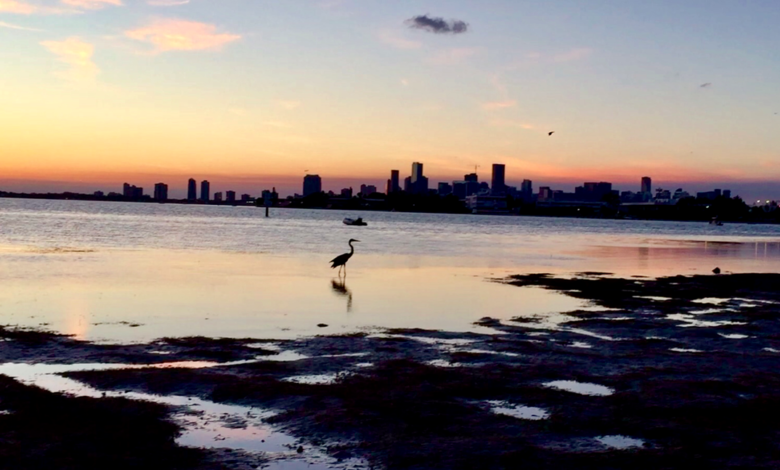
Children have no problem envisioning the earth as a living, breathing, talking organism. In their flights of fancy, animals and plants speak, sing and dance and primordial elements appear as awesome forces, friendly or menacing by turns. To the young, the earth is alive and responsive.
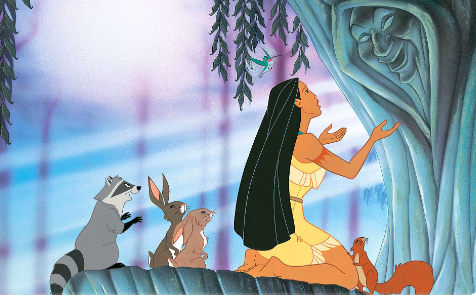
Pocahontas. Photo Walt Disney Pictures
Although it is an ancient idea (alluding to the Greek goddess Mother Nature), the Gaia Hypothesis was introduced by scientist James Lovelock in the 1970s. And scientific polemics aside, the concept has captured the imagination of conservationists, environmental ethicists and ecologists as well as everyone who apprehends the existential threat we pose to the very planet that sustains us. We need Gaia but Gaia would most likely heal and flourish without us.
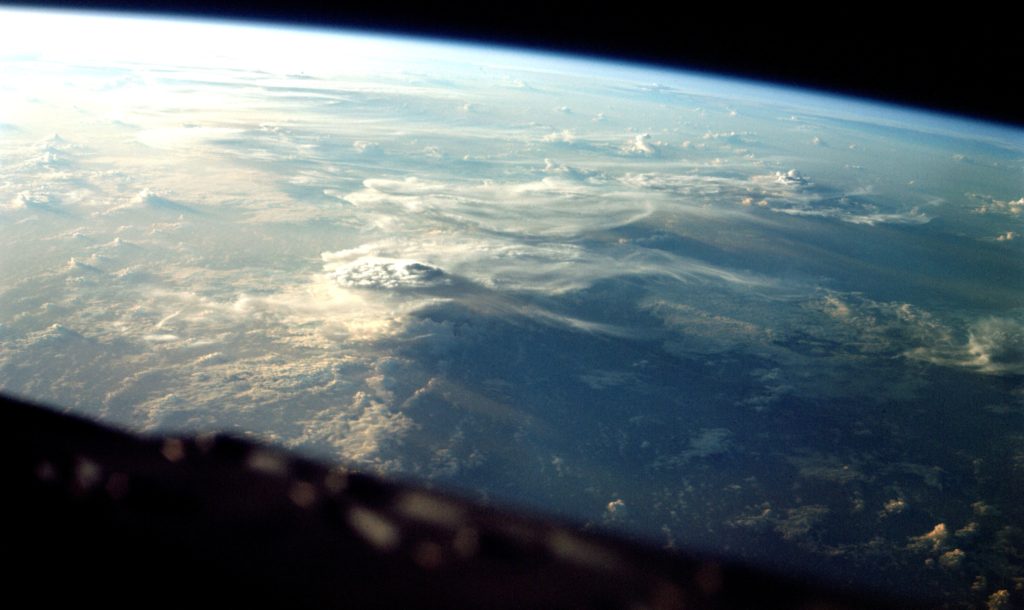

For more than a century and a half, most of the global increase in greenhouse gases has been attributable to human activities largely dependent on fossil fuels, principally transportation, electricity and industry.
The resultant warming is causing the polar ice caps to melt at dangerous rates and the concomitant rise in sea levels could expose hundreds of millions to flooding and displacement. Islands and coastal cities are disappearing in this lifetime. Who knows what kinds of organisms, literally frozen in place until now, will resurge in a thawing Greenland and Antarctica?
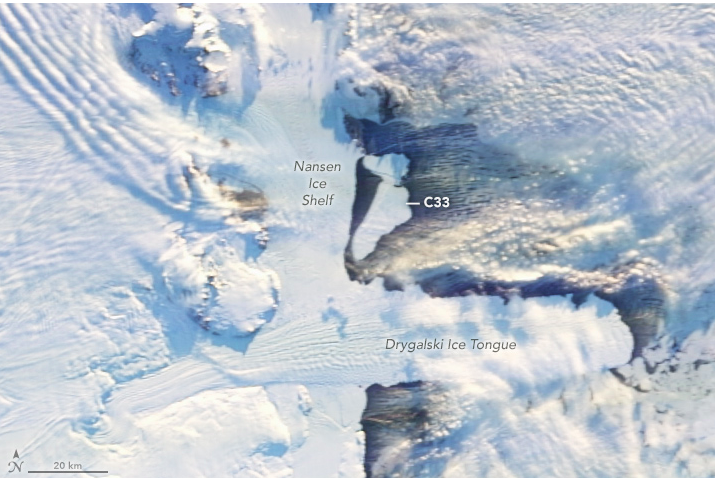
The sheer volume of people and products mobilized all over the world on a daily basis by land, sea and air serves to contaminate all three. Our insatiable appetites, selfishness, greed and apathy show up as landfills, chemically polluted streams, unbreathable air, plastic islands at sea, trash mountains, dying coral reefs, poisoned rivers and drinking water, mindless deforestation and disappearing habitats (along with their native species). It’s inconceivable that these are anything other than manmade catastrophes known to precipitate or exacerbate any natural ones.
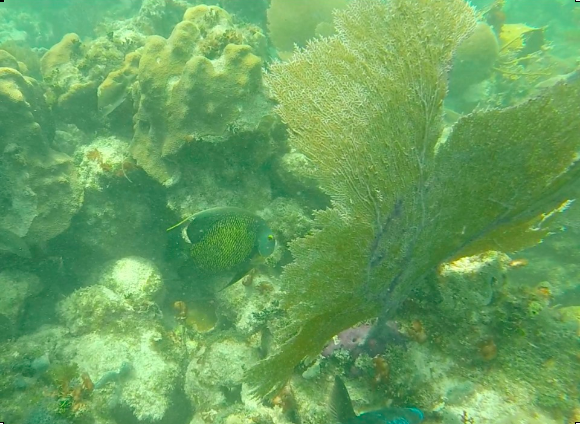
If we imagine the earth as Gaia with her own survival imperatives, we realize that she is compelled to defend herself from the threats to her viability from toxic human assaults. She is not helpless against these aggressions. Even if we reject this concept and look only to empirical evidence, we can be certain that there are serious effects to the incalculable damage we have already caused. A dearth of political will and perennial underfunding of health, ecology and science, have added to the severity of the crises.
One of these consequences was just waiting for the right opportunity, a danger that will be with us for the foreseeable future. COVID-19 was not a surprise. For decades, scientists and advocates have been sounding this particular alarm with uncharacteristic certainty.
One expert stands apart, prolific science writer and author, David Quammen, whose body of work includes the prescient New York Times best seller “Spillover: Animal Infections and the Next Human Pandemic”, published by W. W. Norton & Company in 2012. In it, he meticulously explained that a pandemic was coming, most likely zoonotic (animals infecting humans), that it would spread rapidly, and that we needed to prepare. Moreover, he stressed that the next “big one“ would not be the last.
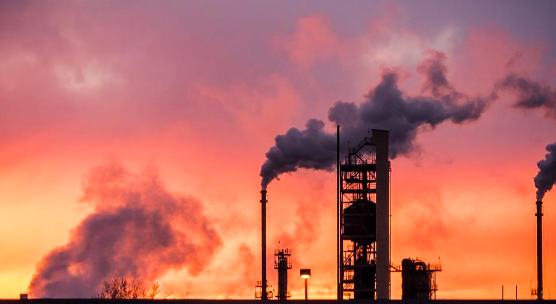

Once the pandemic arrived, Quammen became a must-have contributor to the serious discussions under way across all media. I highly recommend all his books and writings on the subject (www.davidquammen.com), especially his article on the May 11, 2020 issue of The New Yorker entitled Why Weren’t We Ready for the Corona Virus? featuring Ali Khan, former head of the C.D.C., a world-renowned medical doctor, epidemiologist, now dean of the College of Public Health at the University of Nebraska Medical Center. A quote from that article has remained with me since: “A disease anywhere is a disease everywhere.”

On March 28, 2020 NPR host Scott Simon interviewed Quamman and specifically asked how animal-to-human transmission happens. Here’s part of his response:
“QUAMMEN: Well, it happens by human contact with wild animals. Every species of wild animal living in our diverse ecosystem and our remnants of ecosystems carries many of them carry a lot of viruses of which most are unique to the human species. So, as we come in contact with those animals – hunting them, cutting down their habitat, building timber camps, building mining camps in those diverse ecosystems – we offer ourselves as an alternative host to them…”
There is scientific consensus that pandemics due to viral “spillovers” from animals to humans will be a factor in our lives for quite some time. But there’s hope. The vaccines were developed and tested in record time and there is much that we can do to respond, mitigate, and prepare for the next one. There may well be countless positive outcomes from this heartbreaking lesson that has cost almost 2.5 million lives worldwide. We can start by rekindling our respect and reverence for the earth and acting accordingly.
We will expand on this subject in the articles to follow.

